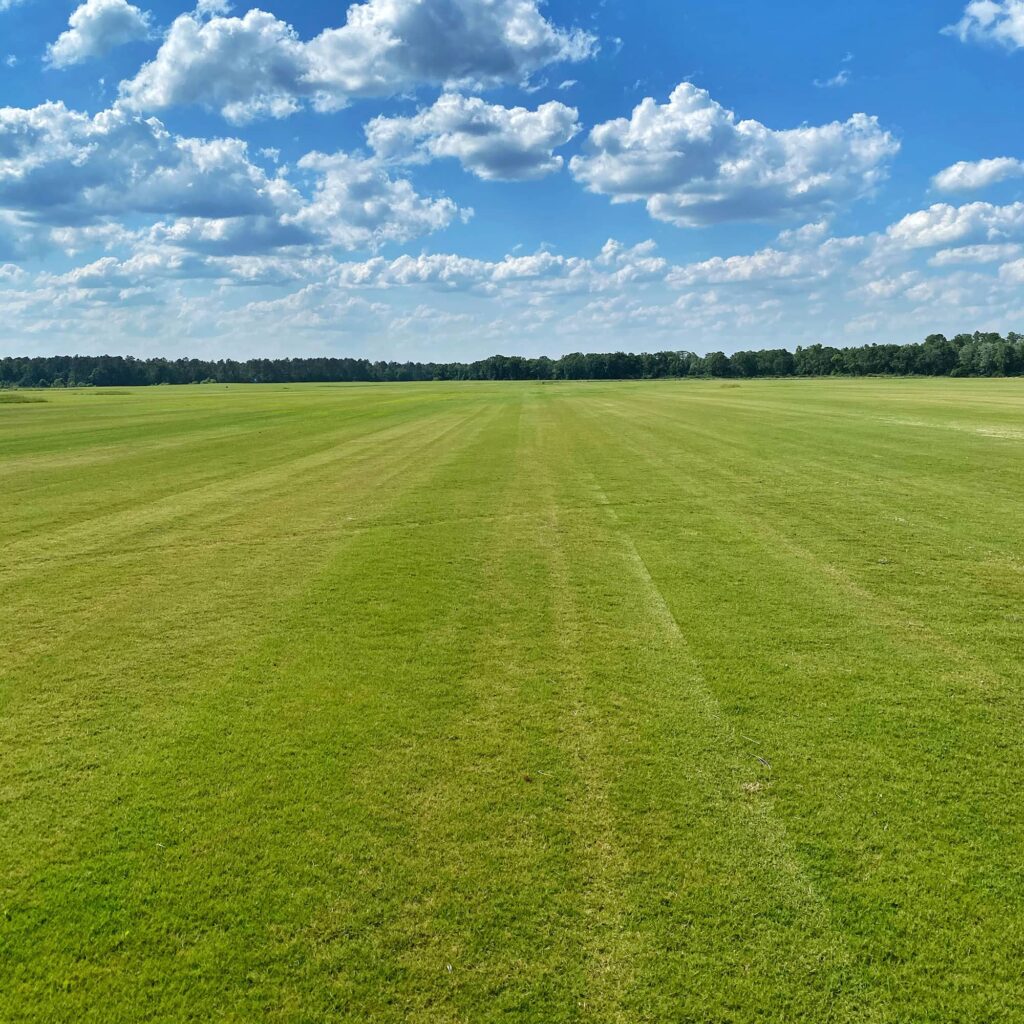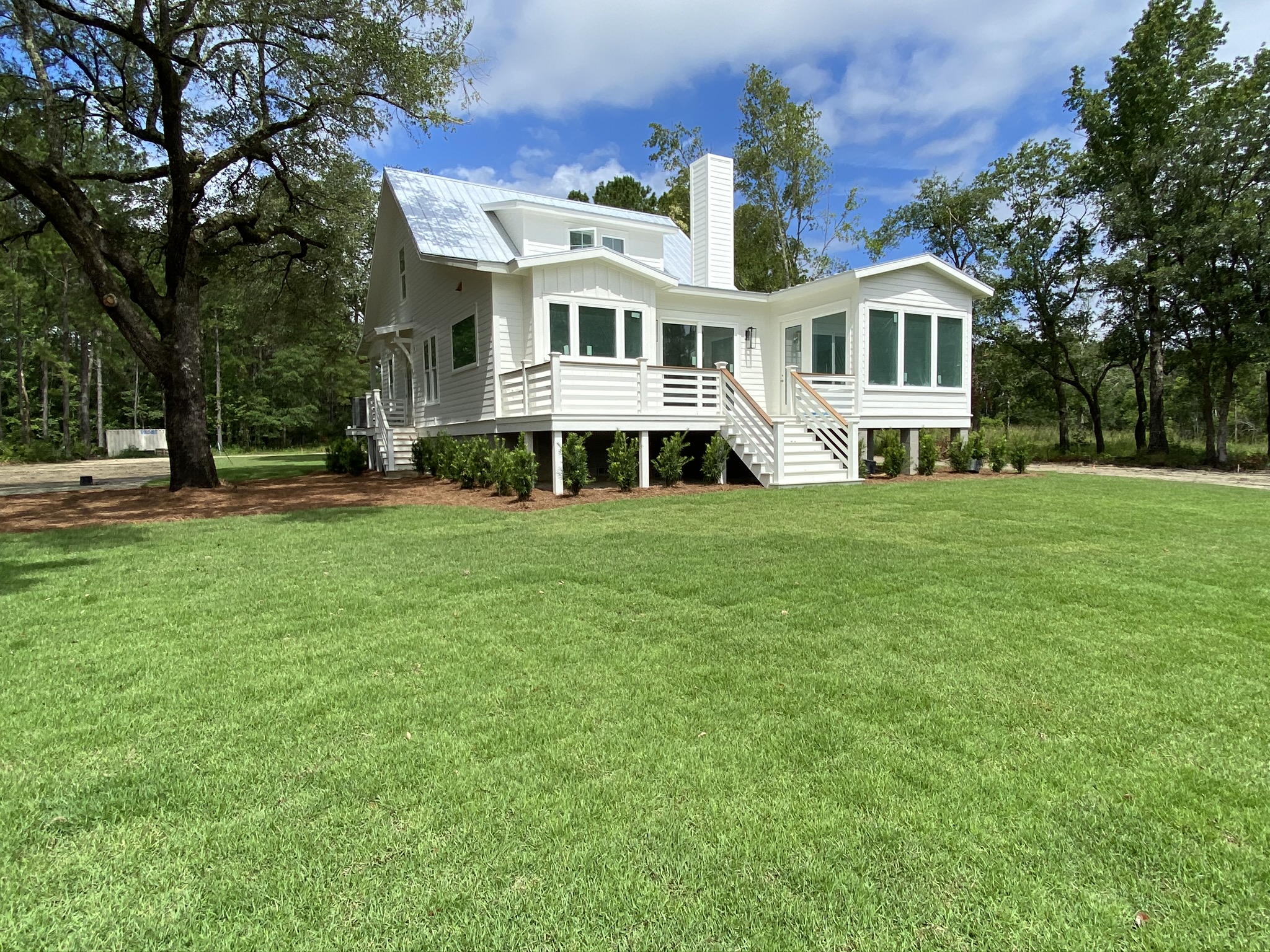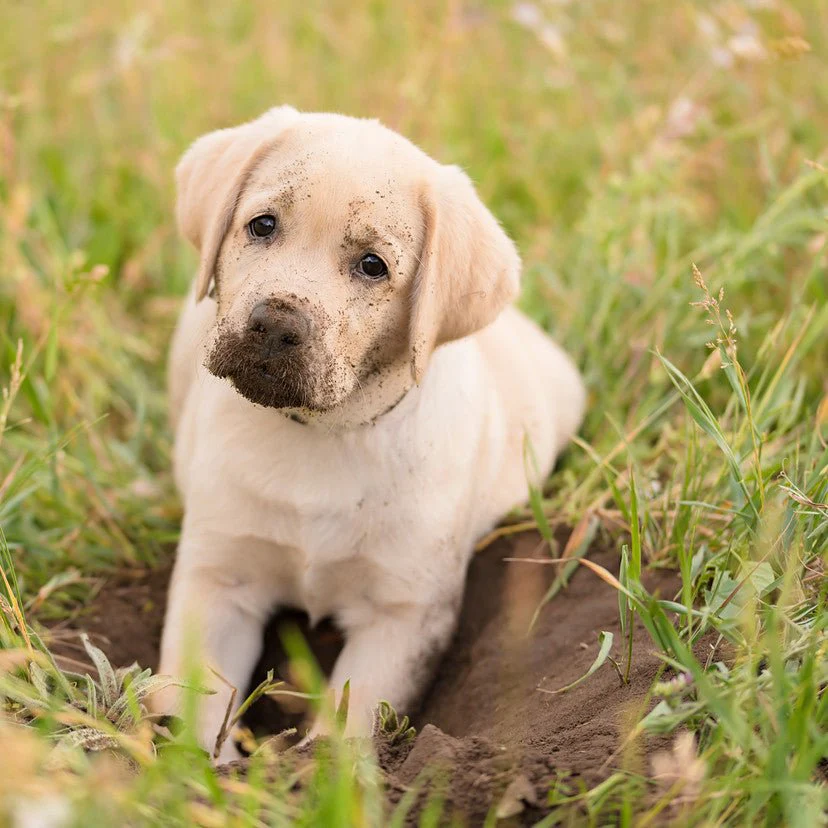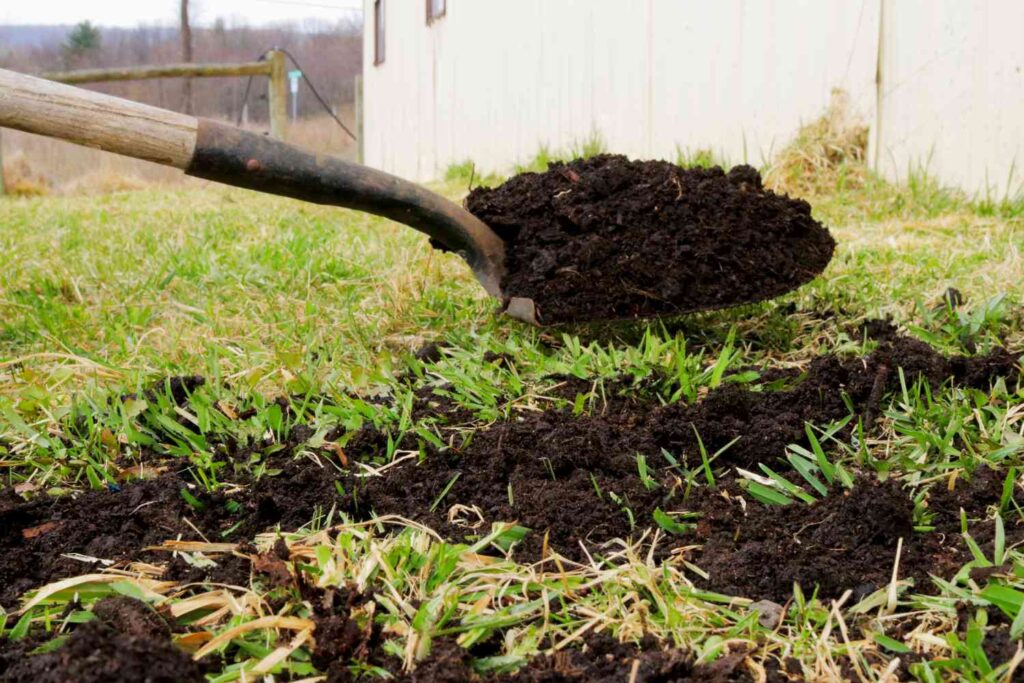The best thing about a landscape is its new sod. You will have a lush, green lawn in no matter how little you do. Some homeowners are surprised to discover that their green lawn has turned brown in just a few weeks.
Poor care and improper preparation can cause a new lawn to struggle. Here are four signs that your grass is struggling to survive.
You didn’t prepare your site before you put your foot down.
Proper preparation is essential for grass longevity. It is best to lay sod on top a thick layer topsoil. Many homeowners do not bother with the preparation and just lay their sod on top of the existing dirt. This is a poor choice for the following reasons:
It is possible for dirt to lack essential nutrition.
New construction homes don’t use nutrient-dense dirt in their landscaping or building process. Fill dirt and fill sand are not allowed to be used for grass maintenance.
Topsoil provides a rich and loose base for rooting.
The topsoil layer has enough looseness to allow roots to move down. Good rooting increases grass’ survival chances in hot climates.
Topsoil is used to level the ground.
The ground that is bumpy or lumpy makes patchy grass. To create a smooth surface or improve drainage in sunken areas, topsoil may be used.
Contact a local lawn service if you missed the preparation process or think that your grass might be suffering from a lack of topsoil. Some fertilizer, aeration, and other equipment can help save your grass.
You aren’t watering the plants in the right manner
People tend to water their lawns only occasionally during the day or after work. Morning and evening are the best times to water your lawn. Instead of letting water run over your lawn, soak it.
During the heat of the day, your grass will require less water. The grass will be unable to knit into the soil. This grass will be more susceptible to drought and disease. If water is not provided in the morning and afternoon, the grass roots will grow deeper and longer. Your grass will be more self-sufficient.
Your lawn has become too shaded.
If your grass is turning brown, it could be that you planted it in an area that doesn’t get enough sunlight.
Even though grass can tolerate partial shade it still needs at least six hours of sunshine per day to grow. These are some ways to save your dying grass.
Increase the length of your mowing. You will see more grass with less light.
Keep them off your lawn.
Talk to a lawn specialist to replace grass in shaded areas by a more shade-tolerant variety of grass.
New grass can transform your landscape. These guidelines will help keep your grass green.





